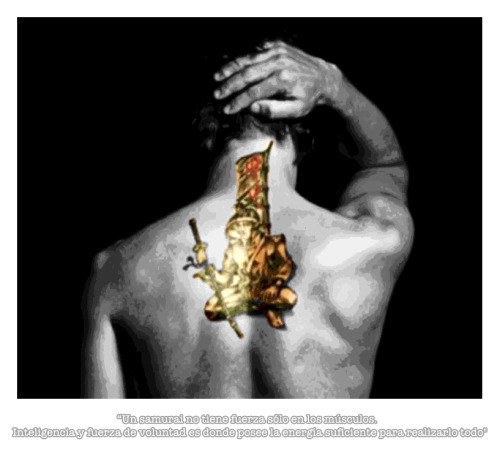xpensive wrote:When comparing different metals for stiffness-dependent applications such as a piston,
taking Young's modulus over Density is usually a good stiffness-to-mass index;
Steel: 2.1 E11 / 7800 = 26.9 E6
Aluminium: 0.7 E11 / 2700 = 25.9 E6
Titanium: 1.1 E11 / 4500 = 24.4 E6
Look at that, almost the same index, you didn't xpect that now, did you fellow members?
But look at this;
Beryllium: 2.9 E11 / 1850 = 157 E6 !!!
I expected the above, but understand your point
BTW you should add Magnesium to your list
(100% or near) Beryllium, as you say, is most unusual
it (unaturally)combines high thermal capacity with high thermal conductivity, hence its brief use as brake discs
it is very brittle (ie very low fracture work), any normal application would have a fatigue life close to zero
(its main use is in nukes, as it helps rather than hinders the nuclear reactions and fatigue life is unimportant)
alloyed with aluminium it has never succeeded in Aerospace (due to fatigue life ? similarly Maraging steel is hardly used)
in 'disposable' F1 such alloys makes sense - thanks all round for the informative posts
(piston weight (hence rpm and power) benefits due to remarkable conduction of combustion heat across the crown and down into the walls , helped by heat storage with little temperature rise)
(block castings would save weight, also it would make a good NASCAR pushrod if allowed)
it has long been used alloyed with Copper ie 1-2% Be (Beryllium Copper, aka Beryllium Bronze?)
(as mentioned elsewhere this makes an outstanding valve seat, due to strength, good heat conduction and useful expansion)
around the 2% Be content it can have mechanical properties unavailable elsewhere, the strength/elastic limit of an outstanding steel, but a much lower elastic/Youngs modulus
this makes the perfect spring material for some applications eg F1 suspension flexures (but for the 'double ban')
(allowing a more practical thickness than a steel spring element)
(it will return perfectly from 10000 ppm strain, no steel can beat 7500 ppm)

